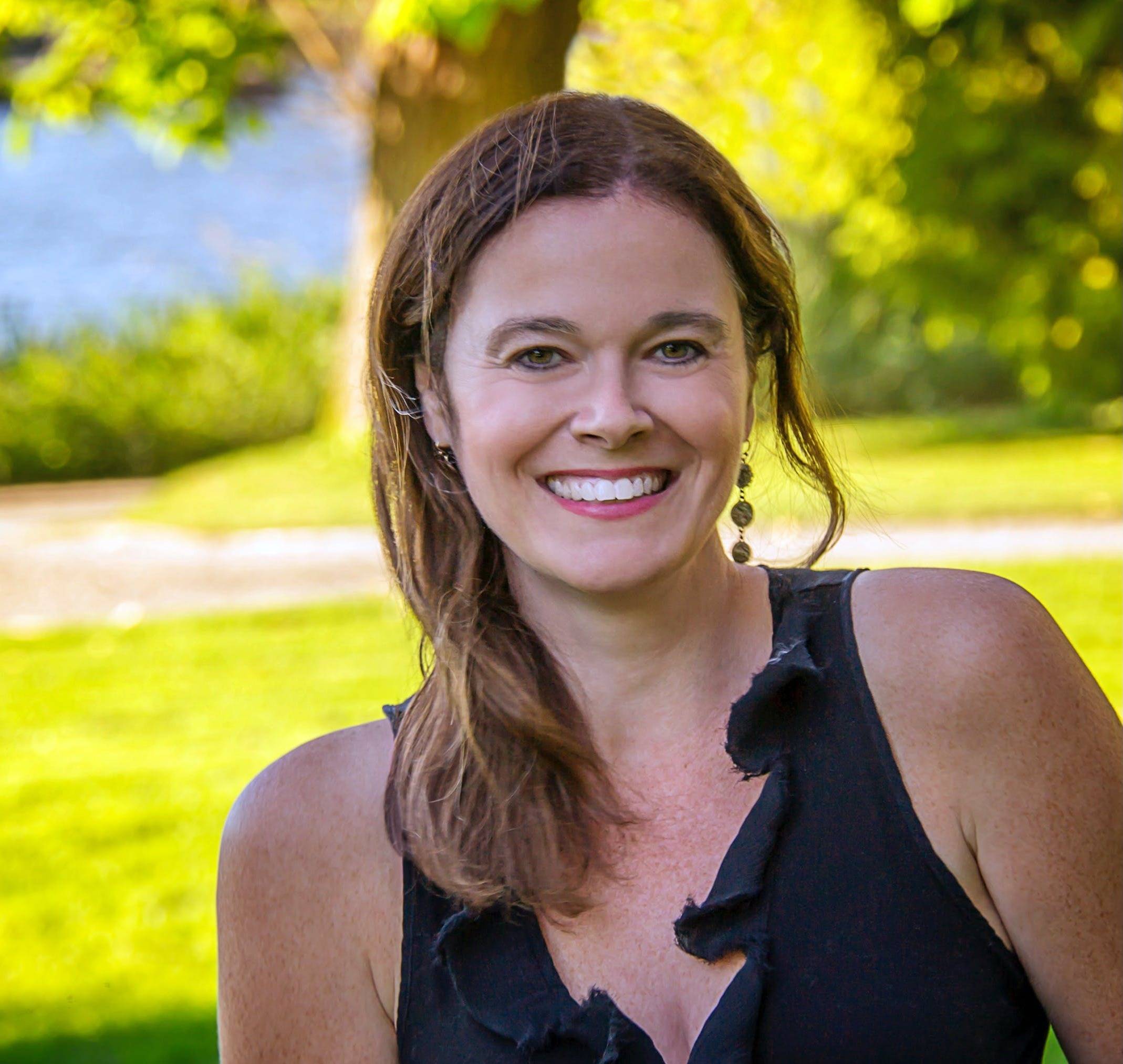Following the data
This week, we're taking another look at the 180 startups I met in the first half of 2024 to see how they're performing today, 6-12 months later. So far, we've seen that:
- Most startups hire their VP of Sales too early, and their VP of People too late
- Team sizes around 5 are ideal for company performance
- When you're >$5M ARR, it helps to hire an outside COO, but if you're only at $1M, it hurts more than it helps
This week I took a look at founder demographics to figure out whether there is any relationship between demographic and early startup growth signals. (You can see what I counted as positive and negative growth signals here.)
Perhaps more than any other nerd processor this year, I was unsure of what I was going to find in this data. But I've followed the data faithfully all year regardless of where it's taken me, and I wasn't going to make this topic the exception.
Venture-backed startups show more negative growth signals than bootstrapped startups
Conventional wisdom says that bootstrapped companies, or those that have not received any VC or other outside investment, grow more slowly than venture-backed businesses; venture-backed businesses have more money to invest and can grow faster. But the data shows something different.
67% of the venture-backed startups show negative growth signals 6-12 months after we first met. Only 22% of the bootstrapped startups do.
I might have been surprised by this data a year ago, but I'm not today. Of the coaching clients I've worked with closely in 2024, several are bootstrapped. More than anyone else I work with, these founders show low ego and high appetite for feedback; they actively chase down the truth about their businesses so they can make practical decisions to keep their companies successful.
A skeptical VC might look at this data and say that venture-backed companies spend more and take more risks, so it stands to reason that more of them will fail. This VC would also probably expect that, though a bunch of the venture-backed startups show negative growth signals, the remaining venture-backed startups would show more positive growth signals than the bootstrappers.
This was not the case. There was no difference whatsoever in the positive growth signals shown by the venture startups and the bootstrappers.
 |
$349.00
Viral Data Stories 101
Learn to tell data stories that go viral. I break down my formula for conceiving of a story, identifying the data set,... Read more |
Founder race, founder gender, and subsequent growth signals
It's fair to say that I meet a more diverse founder group than average. It's a byproduct of my network, of what Textio does, and of what I'm interested in. Of the 180 startups I met in the first half of 2024, 135 had at least one woman on the founding team, and 129 had at least one founder who was not white.
I do not believe that any demographic group is intrinsically more likely to succeed than the others, but I expected to find that founding teams that were more white and more male would show more positive growth signals simply because the industry invests in them more. I was mistaken.
I found no impact by founder gender or race on positive or negative growth signals in this data. I don't usually report on non-results, but this one seems significant.
Hire women right away or you never will
From the time Textio passed 15 employees, our team was always at least half women. The best way to hire strong women is to already have them on the team, so we were able to maintain this representation in perpetuity.
The other day I met with an accomplished engineering executive well into her 50s who shared that she recently had the opportunity to work for another woman for the first time in her decades-long career. She hadn't been looking for a new job, but she switched roles anyway. The opportunity felt that unique to her.
Given this, I was curious about how the gender mix of the early team changes a company's subsequent ability to hire women. The effect is striking.
Among companies that were less than a quarter women when I met them, 91% of them had an even lower percentage of women 6-12 months later.
On the other hand, among companies that started out more than half women, 78% of them had maintained or grown the percentage of women on the team 6-12 months later.
If you don't hire women early, especially into leadership roles, don't assume it will be easy to bring them onto your team in the future.
Next up: In-person vs. remote redux
In terms of in-person vs. remote, the startups I met in 2024 are a mixed bag. Earlier this year, I published some data showing that in-person meetings are both more inclusive and more likely to drive productive disagreement. For the final installment in this series, I took a look whether in-person or remote settings are more likely to drive positive growth for startups. We're going to dive into that next week.
If you like this kind of insight, check out the coaching and advisory services I offer. Thanks for reading!
Kieran
Are you serious about building exceptional teams? I wrote down three of my tried-and-true prompts for team meetings and offsites that drive team connection and performance. Ready for your next team meeting, no big budget required.
My latest data stories | Tell your own Viral Data Stories | nerdprocessor.com